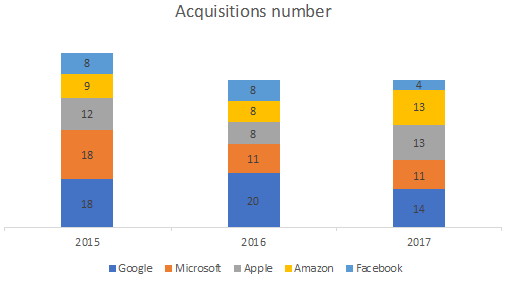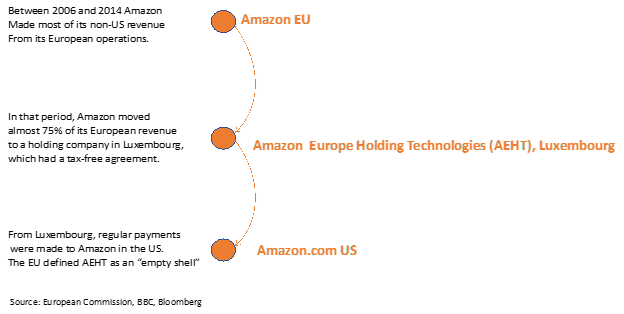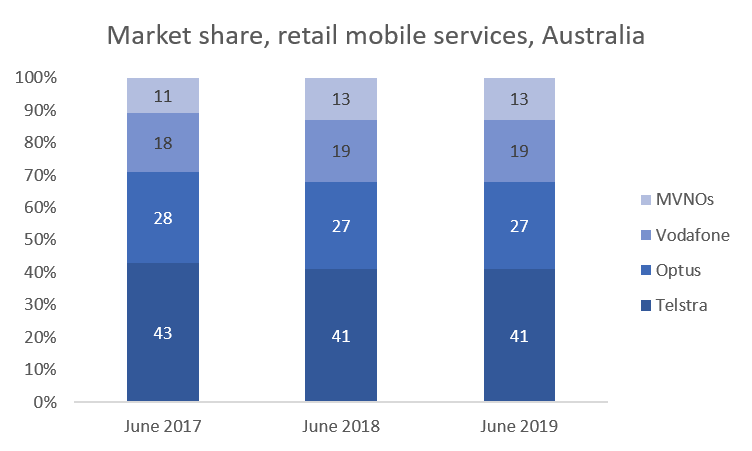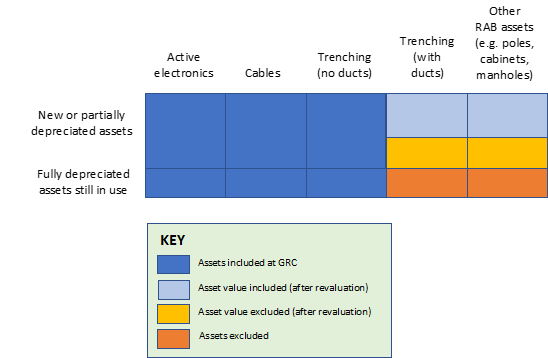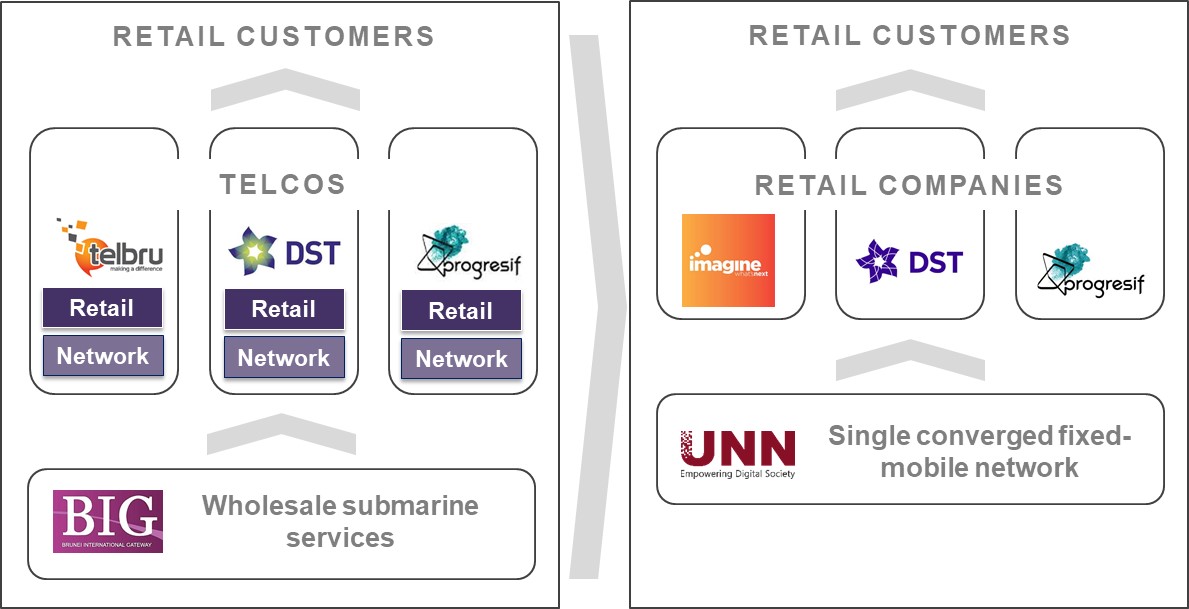
The evolving Internet value chain
31.08.2020The Internet value chain combines various previously unrelated industries together on one platform, not just within a country but globally. To give just a few examples: Telephony started as voice calls, were enriched with texting, and now may be video calls over the public Internet. Shopping started at farm gates, moved to local markets, and now to online marketplaces. Shows and plays started on stages, moved to television and DVDs, and are now content on demand. Bookkeeping is increasingly automated via mobile apps and online services. Traditionally, TV and movie content had their own delivery channel. Today, the Internet is…
Read »